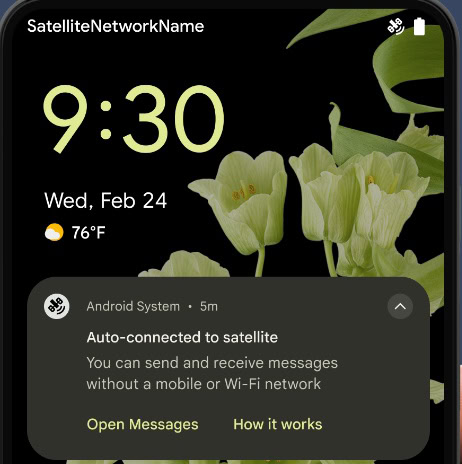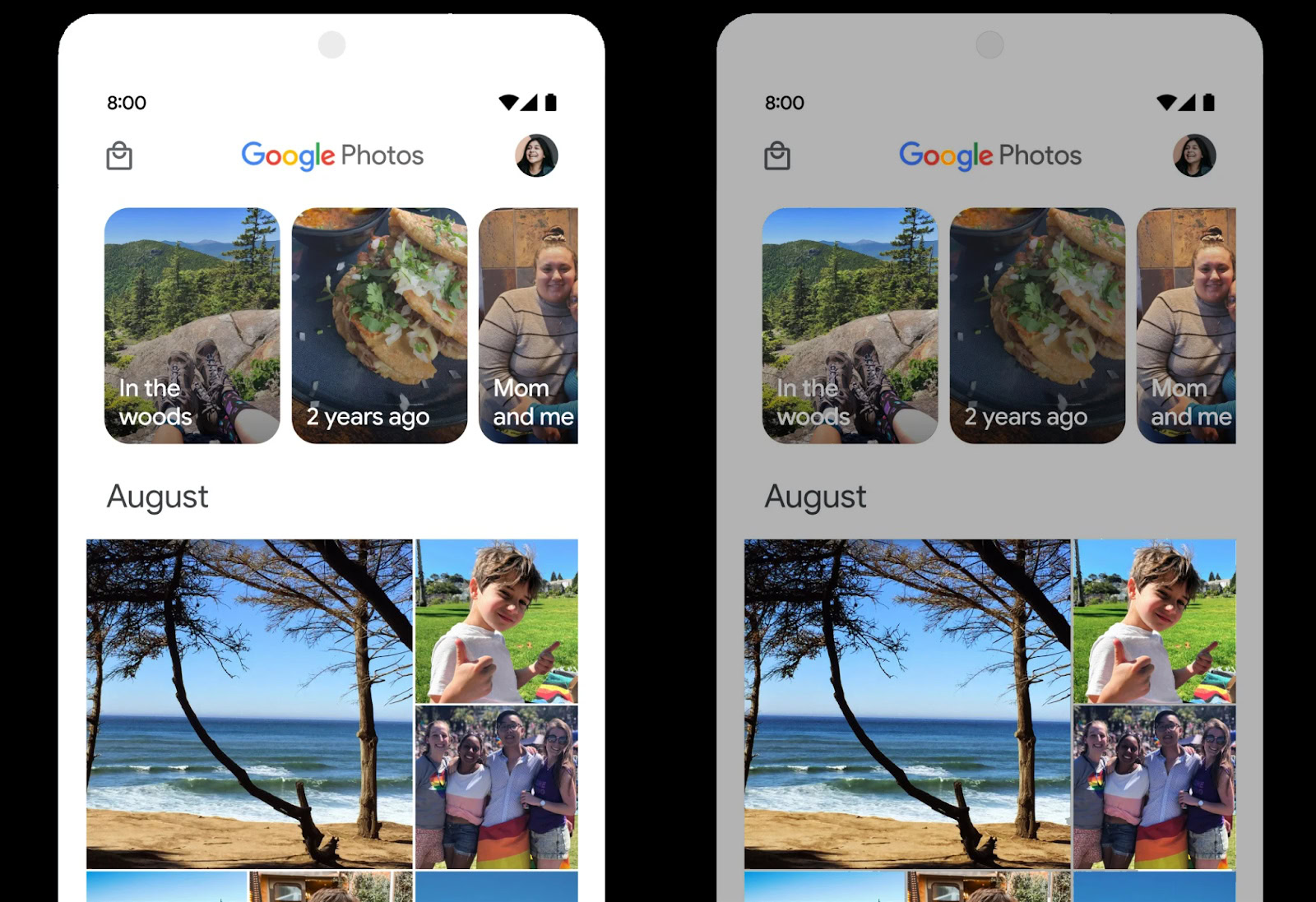Affiliate links on Android Authority may earn us a commission. Learn more.
Android 15 Developer Preview 2 is here with support for satellite connectivity
- Google is rolling out Android 15 Developer Preview for app developers to test their apps on supported Google Pixel devices.
- Notable changes with this Android 15 build include support for satellite connectivity, allowing more apps to be displayed on cover displays on flip foldables, screen recorder detection, loudness control, HDR headroom control, and more.
Google has released a new build of Android 15 in the form of Developer Preview 2. This build brings a lot of developer-centric changes to the platform, and one of its highlight changes is the official support for satellite connectivity on Android. Other notable changes include more ways for apps to appear on smaller cover screens on flip foldables and screen recorder detection.
Satellite connectivity support
Apple brought satellite connectivity to the limelight with the feature on the iPhone 14 series, so Android has been caught lacking in this space. With this release of Android 15, Google is officially extending platform support for satellite connectivity. The platform now has UI elements needed to ensure a “consistent user experience across the satellite connectivity landscape,” which indicates that the feature may not be restricted to the US market only, and other providers would be able to offer this service in other regions, too.

As part of the changes to bring satellite connectivity support, there are now APIs that apps can use to detect when a device is connected to a satellite. This can give the app more awareness of why full network services are unavailable.
Android 15 also provides support for SMS apps and preloaded RCS apps to use satellite connectivity for sending and receiving messages. This means that satellite connectivity will not be limited to emergency uses only. Leaks had indicated that a deeper T-Mobile tie-in would be in place for satellite connectivity features, but Google has not yet revealed such details.
Better cover screen support
With Android 15, app developers can declare a property to allow their app to be presented on the small cover screens of supported flippable devices. These cover screens are often too small to run full-fledged apps with a good user experience, but app developers can opt-in to support these cover displays.
Screen record detection
Android 15 will now allow apps to detect when they are being screen-recorded. For apps that perform sensitive operations, developers can invoke APIs to allow the content to be hidden within such screen recordings.
HDR headroom Control
Android 15 allows apps to control the HDR headroom to balance SDR and HDR content. The system will automatically choose an HDR headroom appropriate for the device’s capabilities and the bit-depth of the panel. However, this can negatively impact experiences where a small part of HDR content can overpower the perceived brightness of the rest of the SDR content. Hence, Google is allowing app developers to control the HDR headroom.

For example, if you have an app pane with a single HDR thumbnail, it can affect the perceived brightness of the SDR content that is displayed alongside. The example image that Google has shared shows off an SDR content view on the left and a simulated perception of the headroom issues with SDR and HDR mixed content. When apps set their desired HDR headroom, such problems can be avoided.
Loudness control
Android 15 has officially introduced support for the CTA-2075 loudness standard that helps app developers avoid loudness inconsistencies and ensures users don’t have to constantly adjust volume when switching between content. Google says the Android system leverages known characteristics of the output devices (headphones, speaker) along with loudness metadata available in the AAC audio content to “intelligently adjust the audio loudness and dynamic range compression levels.”
Audio sharing
This latest developer preview has introduced a new page called “Audio sharing.” The feature can be found in Settings, under Connected devices. Spotted by Mishaal Rahman, this new setting will make it easier for users to start and join Auracast.
Built-in app archiving
Google has baked app archiving into the OS with Android 15’s second developer preview. In Android 14, this is a feature that is a part of the Google Play Store and not the OS. This means Android 14 users can’t archive or restore apps from within Android’s settings. With the feature having OS-level support, you can now manage archiving and restoring from within the Settings app. To manually archive or restore an app, you just have go into the app’s info page and tap on archive or restore.
Miscellaneous changes
Other changes that Google has announced with Android 15 Developer Preview 2 include:
- Smoother NFC experiences with new APIs that will allow the device to listen but not respond to NFC readers. This can be used to authenticate credentials ahead of the first communication to an NFC reader, which would allow for a one-tap transaction in some cases.
- Android now has a PDFRenderer API, and it is a Project Mainline module, allowing it to be updated through Google Play System Updates. As part of Android 15 Developer Preview 2, Google is including an early preview of some improvements that would give apps that use the API to render password-protected files and annotations and allow for form editing, searching, and selection with copy.
- New APIs now allow apps to track their app startup and stop state, display their detailed app size information, and more.
How to try out Android 15 Developer Preview 2
Android 15 Developer Preview 2 builds are available for the following Pixel devices:
- Pixel 6 and Pixel 6 Pro
- Pixel 6a
- Pixel 7 and Pixel 7 Pro
- Pixel 7a
- Pixel Tablet
- Pixel Fold
- Pixel 8 and Pixel 8 Pro
However, these builds are intended to be used by app developers only to test how their apps are affected by the new platform changes. Regular users should not use these builds as they are unstable and contain bugs.
If you are a power user and enthusiast and do not mind using an unstable build, follow these steps to install Android 15 Developer Preview 2. Google is not offering sideload images, so you will have to follow the manual method and flash the factory images through fastboot. If you have already installed Android 15 Developer Preview 1, you will receive an OTA that updates you to this new Developer Preview 2.
Once again, we strongly discourage you from installing Android 15 Developer Previews on your primary phone due to the unstable nature of the builds. You can wait for Google to roll out Android 15 Betas next month to try a relatively more stable version of the new platform.